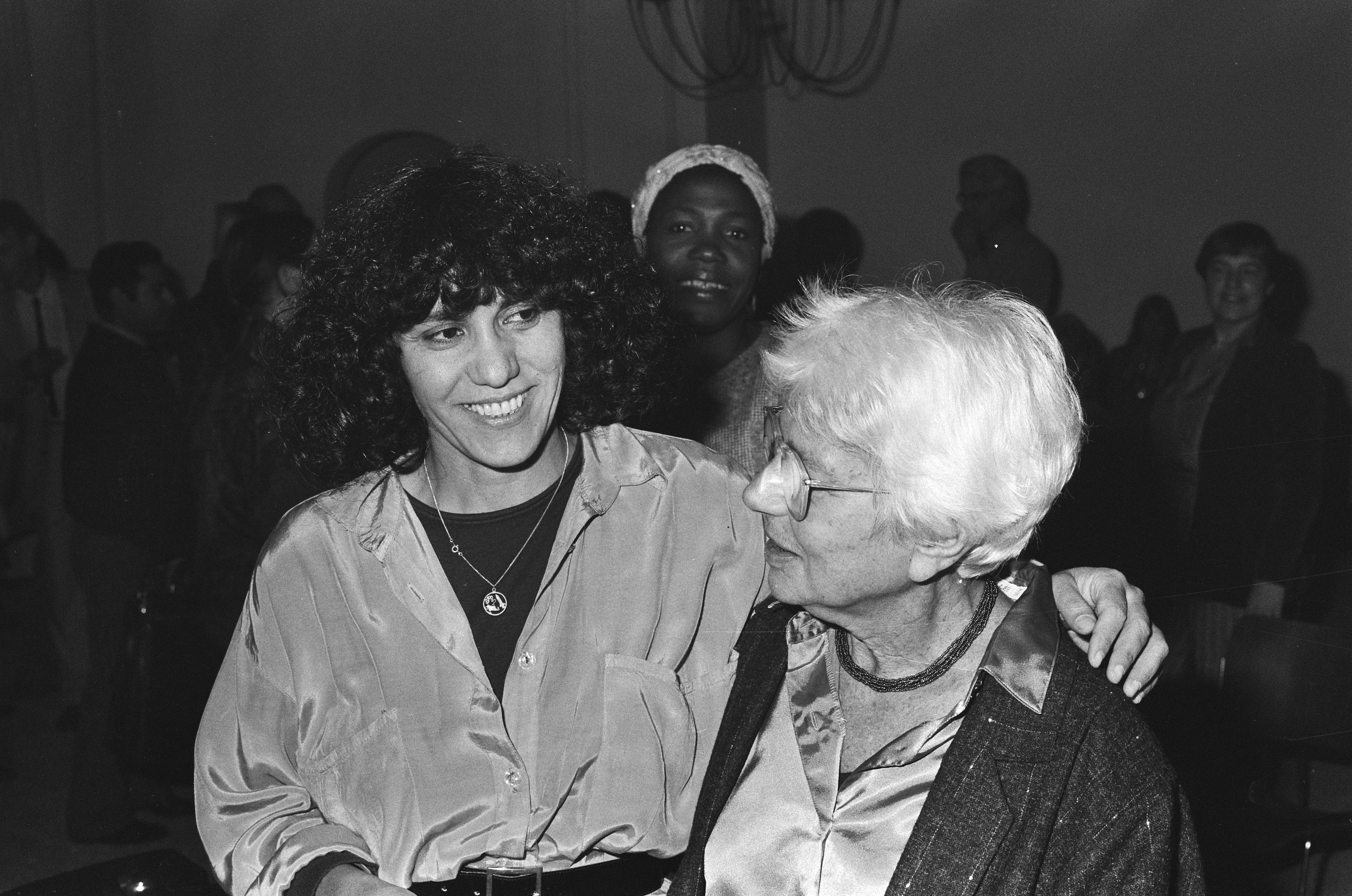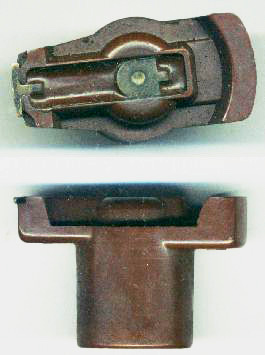|
Voigtländer Brillant
The Voigtländer Brillant is a range of pseudo- TLR cameras, and later true TLR cameras, taking 6 × 6 cm exposures on 120 film, made by Voigtländer from 1932. Famed Hungarian-Dutch photographer Eva Besnyö used a Brillant for her early work. Introduction The first Voigtländer Brillant was released in 1932. This early model resembles a TLR but it is functionally closer to a box camera, since it cannot be focused in the viewfinder. It uses 'zone-focusing' for which one has to estimate the distance to the subject. To assist this estimate, three situations are marked around the taking lens: Porträt, Gruppe and Landschaft (i. e. Portrait, Group and Landscape). While TLRs of the same period have a rather dim ground-glass viewfinder, the Brillant has a so-called brilliant finder made of plain glass. The 1932 version has a metal body. From 1937 onwards, Brillants were made of bakelite Polyoxybenzylmethylenglycolanhydride, better known as Bakelite ( ), is a therm ... [...More Info...] [...Related Items...] OR: [Wikipedia] [Google] [Baidu] |
Medium Format
Medium format has traditionally referred to a film format in photography and the related cameras and equipment that use film. Nowadays, the term applies to film and digital cameras that record images on media larger than the used in 35 mm photography (though not including 127 sizes), but smaller than (which is considered large format photography). In digital photography, medium format refers either to cameras adapted from medium-format film photography uses or to cameras making use of sensors larger than that of a 35 mm film frame. Some of the benefits of using medium-format digital cameras include higher resolution sensors, better low-light capabilities compared to a traditional 35mm DSLR, and a wider dynamic range. Characteristics Medium-format cameras made since the 1950s are generally less automated than smaller cameras made at the same time. For example, autofocus became available in consumer 35 mm cameras in 1977, but did not reach medium format until ... [...More Info...] [...Related Items...] OR: [Wikipedia] [Google] [Baidu] |
Twin Lens Reflex
A twin-lens reflex camera (TLR) is a type of camera with two objective lenses of the same focal length. One of the lenses is the photographic objective or "taking lens" (the lens that takes the picture), while the other is used for the viewfinder system, which is usually viewed from above at waist level. In addition to the objective, the viewfinder consists of a 45-degree mirror (the reason for the word ''reflex'' in the name), a matte focusing screen at the top of the camera, and a pop-up hood surrounding it. The two objectives are connected, so that the focus shown on the focusing screen will be exactly the same as on the film. However, many inexpensive 'pseudo' TLRs are fixed-focus models. Most TLRs use leaf shutters with shutter speeds up to 1/500 of a second with a bulb setting. For practical purposes, all TLRs are film cameras, most often using 120 film, although there are many examples which used 620 film, 127 film, and 35 mm film. Few general-purpose digital TLR ca ... [...More Info...] [...Related Items...] OR: [Wikipedia] [Google] [Baidu] |
Voigtländer
Voigtländer () was a significant long-established company within the optics and photographic industry, headquartered in Braunschweig, Germany, and today continues as a trademark for a range of photographic products. History Voigtländer was founded in Vienna, Archduchy of Austria, in 1756, by . Voigtländer produced mathematical instruments, precision mechanical products, optical instruments, including optical measuring instruments and opera glasses, and is the oldest name in cameras. Early beginnings Johann Christoph Voigtländer (November 19, 1732 in Leipzig – June 27, 1797 in Vienna), the son of a carpenter, came to Prague in 1755, and to Vienna in the same year, and worked from 1757 to 1762 in the workshop of Meinicke, who produced mathematical instruments. Through Johann Voigtländer's skilful achievements, the Minister of State of the Habsburg monarchy— Prince Wenzel von Kaunitz, drew attention to Voigtländer and Empress Maria Theresa of Austria granted Voigtlän ... [...More Info...] [...Related Items...] OR: [Wikipedia] [Google] [Baidu] |
120 Film
120 is a film format for still photography introduced by Kodak for their '' Brownie No. 2'' in 1901. It was originally intended for amateur photography but was later superseded in this role by 135 film. 120 film survives to this day as the only medium format film that is readily available to both professionals and amateur enthusiasts. Characteristics The 120 film format is a roll film which is nominally between 60.7 mm and 61.7 mm wide. Most modern films made today are roughly 61 mm (2.4 inches) wide. The film is held in an open spool originally made of wood with metal flanges, later with all-metal, and finally with all-plastic. The length of the film is nominally between and , according to the ISO 732:2000 standard. However, some films may be as short as . The film is attached to a piece of backing paper longer and slightly wider than the film. The backing paper protects the film while it is wound on the spool, with enough extra length to allow loading and u ... [...More Info...] [...Related Items...] OR: [Wikipedia] [Google] [Baidu] |
Twin Lens Reflex Camera
A twin-lens reflex camera (TLR) is a type of camera with two objective lenses of the same focal length. One of the lenses is the photographic objective or "taking lens" (the lens that takes the picture), while the other is used for the viewfinder system, which is usually viewed from above at waist level. In addition to the objective, the viewfinder consists of a 45-degree mirror (the reason for the word ''reflex'' in the name), a matte focusing screen at the top of the camera, and a pop-up hood surrounding it. The two objectives are connected, so that the focus shown on the focusing screen will be exactly the same as on the film. However, many inexpensive 'pseudo' TLRs are fixed-focus models. Most TLRs use leaf shutters with shutter speeds up to 1/500 of a second with a bulb setting. For practical purposes, all TLRs are film cameras, most often using 120 film, although there are many examples which used 620 film, 127 film, and 35 mm film. Few general-purpose digital TLR cam ... [...More Info...] [...Related Items...] OR: [Wikipedia] [Google] [Baidu] |
Eva Besnyö
Éva Besnyő (1910–2003) was a Dutch-Hungarian photographer who participated in the ''Nieuwe Fotografie'' (New Photography) movement. Biography Born in Budapest, Besnyö was brought up in a well-to-do Jewish home. In 1928, she started to study photography at József Pécsi's studio where she also served an apprenticeship.Marion Beckers, "Eva Besnyö" Jewish Women Encyclopedia. Retrieved 25 March 2013. In 1930, at the age of 20, she moved to where she first worked for advertising photographer René Ahrlé before working on [...More Info...] [...Related Items...] OR: [Wikipedia] [Google] [Baidu] |
Box Camera
A box camera is a simple type of camera, the most common form being a cardboard or plastic box with a lens in one end and film at the other. They were sold in large numbers during the late 19th and early 20th centuries. The lenses are often single element designs meniscus fixed focus lens, or in better quality box cameras a doublet lens with minimal (if any) possible adjustments to the aperture or shutter speeds. Because of the inability to adjust focus, the small lens aperture and the low sensitivity of the sensitive materials available, these cameras work best in brightly lit day-lit scenes when the subject is within the hyperfocal distance for the lens and of subjects that move little during the exposure. Eventually, box cameras with photographic flash, shutter and aperture adjustment were introduced, allowing indoor photos. Purpose The Kodak camera introduced in 1888 was the first box camera to become widely adopted by the public and its design became the archetype for box ca ... [...More Info...] [...Related Items...] OR: [Wikipedia] [Google] [Baidu] |
Viewfinder
In photography, a viewfinder is what the photographer looks through to compose, and, in many cases, to focus the picture. Most viewfinders are separate, and suffer parallax, while the single-lens reflex camera lets the viewfinder use the main optical system. Viewfinders are used in many cameras of different types: still and movie, film, analog and digital. A zoom camera usually zooms its finder in sync with its lens, one exception being rangefinder cameras. History Before the development of microelectronics and electronic display devices, only optical viewfinders existed. Direct optical viewfinders Direct viewfinders are essentially miniature Galilean telescopes; the viewer's eye was placed at the back, and the scene viewed through the viewfinder optics. A declining minority of point and shoot cameras use them. Parallax error results from the viewfinder being offset from the lens axis, to point above and usually to one side of the lens. The error varies with distance, being ... [...More Info...] [...Related Items...] OR: [Wikipedia] [Google] [Baidu] |
Bakelite
Polyoxybenzylmethylenglycolanhydride, better known as Bakelite ( ), is a thermosetting phenol formaldehyde resin, formed from a condensation reaction of phenol with formaldehyde. The first plastic made from synthetic components, it was developed by Leo Baekeland in Yonkers, New York in 1907, and patented on December 7, 1909 (). Because of its electrical nonconductivity and heat-resistant properties, it became a great commercial success. It was used in electrical insulators, radio and telephone casings, and such diverse products as kitchenware, jewelry, pipe stems, children's toys, and firearms. The "retro" appeal of old Bakelite products has made them collectible. The creation of a synthetic plastic was revolutionary for the chemical industry, which at the time made most of its income from cloth dyes and explosives. Bakelite's commercial success inspired the industry to develop other synthetic plastics. In recognition of its significance as the world's first commercial synthet ... [...More Info...] [...Related Items...] OR: [Wikipedia] [Google] [Baidu] |
German Cameras
German(s) may refer to: * Germany (of or related to) **Germania (historical use) * Germans, citizens of Germany, people of German ancestry, or native speakers of the German language ** For citizens of Germany, see also German nationality law **Germanic peoples (Roman times) * German language **any of the Germanic languages * German cuisine, traditional foods of Germany People * German (given name) * German (surname) * Germán, a Spanish name Places * German (parish), Isle of Man * German, Albania, or Gërmej * German, Bulgaria * German, Iran * German, North Macedonia * German, New York, U.S. * Agios Germanos, Greece Other uses * German (mythology), a South Slavic mythological being * Germans (band), a Canadian rock band * "German" (song), a 2019 song by No Money Enterprise * ''The German'', a 2008 short film * "The Germans", an episode of ''Fawlty Towers'' * ''The German'', a nickname for Congolese rebel André Kisase Ngandu See also * Germanic (other) * Germa ... [...More Info...] [...Related Items...] OR: [Wikipedia] [Google] [Baidu] |
Voigtländer TLR Cameras
Voigtländer () was a significant long-established company within the optics and photographic industry, headquartered in Braunschweig, Germany, and today continues as a trademark for a range of photographic products. History Voigtländer was founded in Vienna, Archduchy of Austria, in 1756, by . Voigtländer produced mathematical instruments, precision mechanical products, optical instruments, including optical measuring instruments and opera glasses, and is the oldest name in cameras. Early beginnings Johann Christoph Voigtländer (November 19, 1732 in Leipzig – June 27, 1797 in Vienna), the son of a carpenter, came to Prague in 1755, and to Vienna in the same year, and worked from 1757 to 1762 in the workshop of Meinicke, who produced mathematical instruments. Through Johann Voigtländer's skilful achievements, the Minister of State of the Habsburg monarchy— Prince Wenzel von Kaunitz, drew attention to Voigtländer and Empress Maria Theresa of Austria granted Voigtlän ... [...More Info...] [...Related Items...] OR: [Wikipedia] [Google] [Baidu] |

.jpg)




